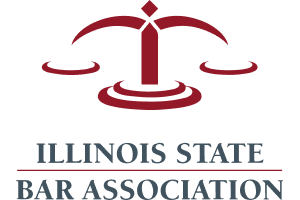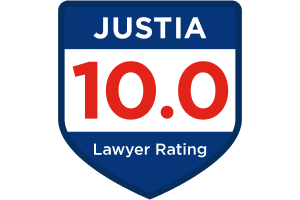- 24/7 Free Consultation: (888) 424-5757 Tap Here To Call Us
Retail Store Negligence Settlements in Illinois

Retail store negligence settlements often arise when a customer suffers an injury due to unsafe conditions on the property. Whether it’s a slip and fall accident on a wet floor or hazardous displays inside the store, these incidents can result in serious injuries and significant financial consequences.
Victims may face mounting medical expenses, lost wages, and ongoing pain. If the injury occurred because store employees or management failed to maintain safe premises, the injured person may be entitled to financial compensation. This page explains how these cases work and what to expect from a settlement.
Average Retail Store Negligence Settlement Value
At Rosenfeld Injury Lawyers, we’ve handled numerous retail negligence cases involving unsafe store conditions, employee carelessness, and lack of proper security. While every case is unique, the following examples highlight the types of settlement values we’ve recovered for clients injured in retail environments:
- $875,444 for a retail store patron who suffered injuries when merchandise fell from a shelf and struck them. The store failed to properly secure inventory, creating a dangerous condition for customers.
- $1,200,000 for a woman who broke her arm after slipping on spilled food at a national retail chain. Our investigation revealed the store had neglected to clean the area or provide any warnings, despite being aware of the hazard.
- $4,000,000 for multiple victims injured during a shooting at a grocery store. We demonstrated that the store failed to implement adequate security measures despite known risks, leading to a multimillion-dollar recovery.
- $1,250,000 for a customer at a major home improvement retailer was hit by a forklift in the parking lot. We proved that the employee operating the equipment was untrained and that store management failed to enforce proper safety protocols.
- $810,000 for a customer who was struck by a forklift operated by a store employee inside a large home supply warehouse. The store’s internal policies and lack of employee supervision were central to the case.
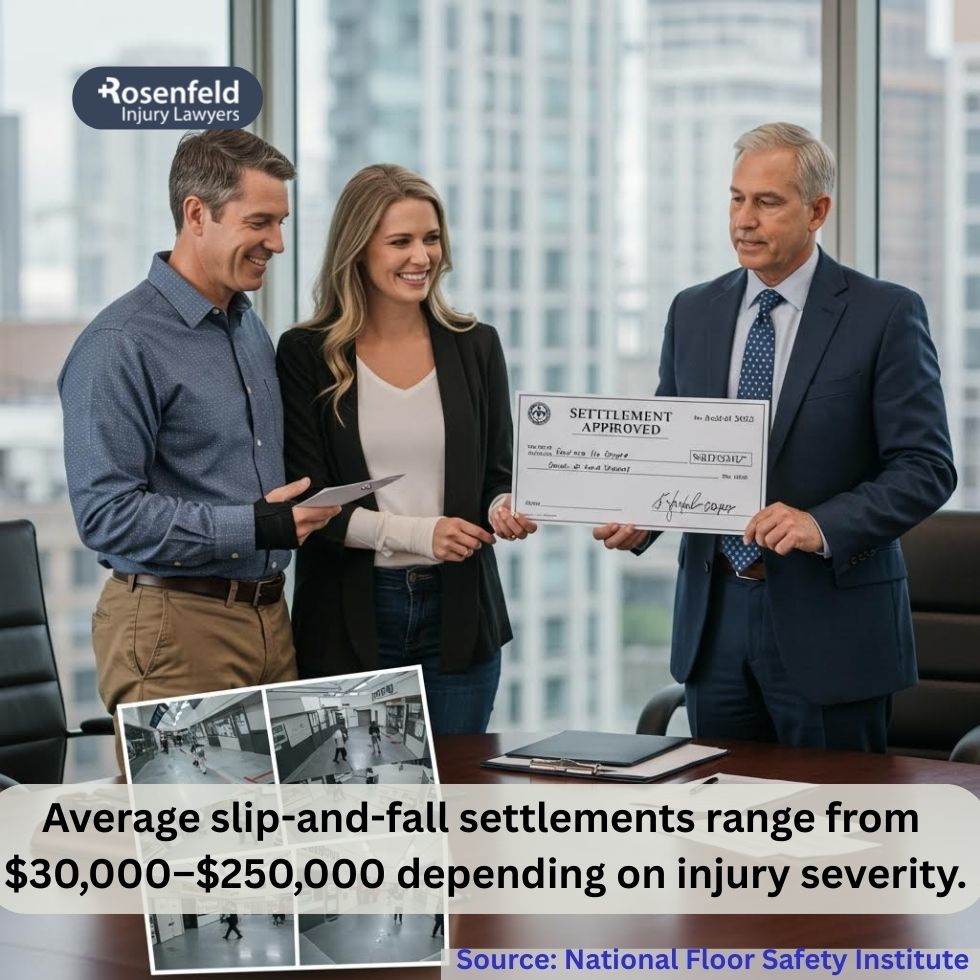
Premises Liability in Retail Stores
Premises liability refers to a store’s legal responsibility to maintain safe conditions for anyone lawfully on the property. When customers enter a retail store, they have the right to expect a reasonably safe shopping environment. If an injury occurs due to unsafe conditions, the store may be held liable for the harm caused.
This includes both indoor and outdoor areas such as aisles, entryways, and loading zones. Premises liability forms the basis for most settlements due to retail store negligence, especially when the store fails to identify or address potential dangers in a timely manner and someone gets hurt as a result.
The Duty of Care Owed to Customers
Retail stores owe a legal duty of care to their customers. This duty requires store owners, managers, and employees to take reasonable steps to identify, correct, or warn about hazards that could lead to injury.
This includes cleaning spills promptly, securing merchandise properly, fixing uneven flooring, maintaining adequate lighting, and ensuring outdoor areas like sidewalks are safe. If a retail store fails to uphold this duty and a customer is injured, the store can be held responsible through a premises liability claim.
The law recognizes that customers are invitees entitled to the highest level of care.
Common Causes of Retail Store Injuries
Injuries in retail stores can happen for many reasons, but specific hazards appear repeatedly in negligence cases. Slip and fall injuries are the most frequent, often caused by wet floors, unmarked hazards, or cluttered walkways. Falling merchandise, unsecured shelves, and broken or poorly maintained equipment can also lead to severe injuries.
In some cases, a lack of proper security or lighting may contribute to assaults or other safety concerns. Retail establishments are also responsible for outdoor areas, including icy walkways and potholes in parking areas. Identifying the cause of an injury is key to holding the store accountable.
Grounds for a Negligence Claim
To pursue a successful retail store negligence claim, four key elements must be established:
- Duty of care – The store had a legal responsibility to keep the premises reasonably safe for customers.
- Breach of duty – The store failed to meet that responsibility through action or inaction.
- Causation – The breach directly caused the customer’s injury.
- Damages – The customer suffered actual harm, such as medical bills, lost wages, or pain and suffering.
All four elements must be proven with clear evidence for a retail store negligence claim to result in compensation.
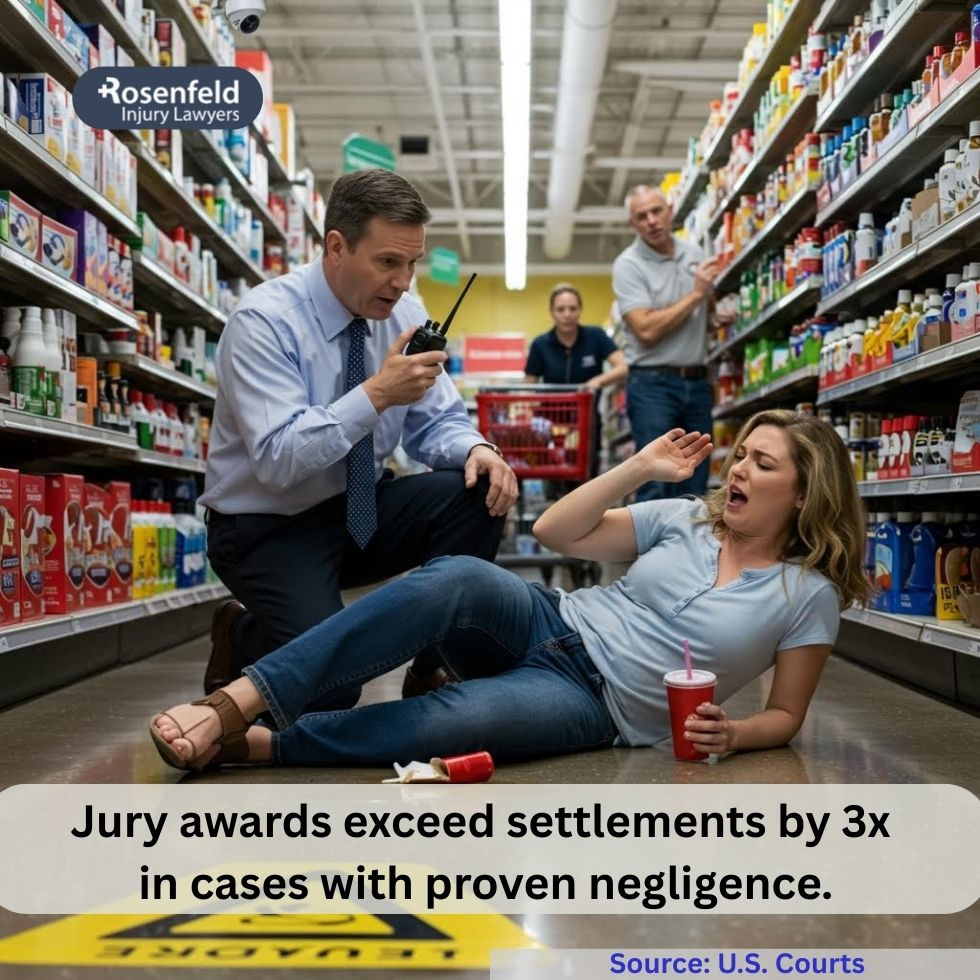
The Store’s Responsibility
Retail stores are expected to take reasonable measures to ensure customer safety. This includes conducting regular inspections to identify hazards, such as spills or broken flooring. When dangers are discovered, store employees must either remove the risk or warn customers, using signs, barriers, or verbal alerts.
If a store fails to take these steps and someone gets hurt, the store may be held liable. Whether it’s a fall, a falling object, or another hazard, the store’s legal responsibility is to prevent accidents that could result in serious injuries to shoppers.
Types of Injuries in Retail Store Accidents
Retail store accidents can lead to a range of injuries—some minor, others severe enough to require long-term medical care. These incidents often stem from slipping and falling, falling merchandise, or even violent acts due to poor security.
Regardless of the cause, victims may face mounting medical expenses, missed work, and lasting pain. Understanding the types of injuries that occur can help highlight why settlements are often necessary to support recovery and hold businesses accountable.
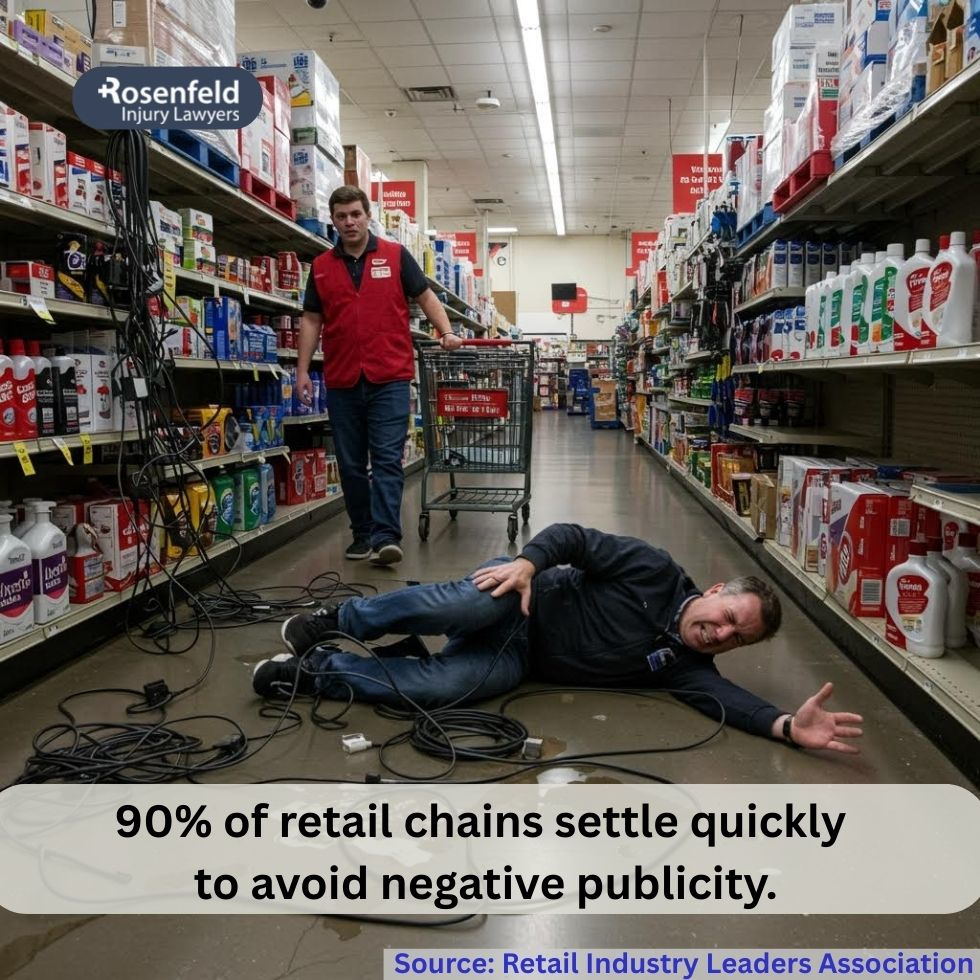
Slip and Fall Accident Injuries
These accidents are among the most common incidents in retail stores. Wet floors, loose mats, or uneven surfaces can lead to falls that result in significant injuries. Shoppers frequently suffer broken bones, such as wrist or hip fractures, as well as sprained ankles, back injuries, or concussions.
In more severe cases, spinal cord trauma or traumatic brain injury may occur. These injuries can lead to long recovery periods, costly medical treatment, and temporary or permanent disability, making slip and fall accident claims an important avenue for seeking compensation.
Injuries from Falling Merchandise
Falling merchandise is a serious hazard, especially in big-box stores or warehouse-style retailers. Poorly stacked inventory or improperly secured shelves can cause items to fall and strike customers. These incidents often result in head injuries, cuts, facial trauma, or even concussions.
In some cases, falling objects cause shoulder or neck damage that requires physical therapy or surgery. Injuries caused by falling merchandise are clear examples of retail store negligence and may lead to compensation for medical expenses and other losses.
Other Injuries
Customers may also be injured due to inadequate security or unsafe store conditions. Physical assaults in poorly monitored parking lots or entrances can cause bruising, broken bones, or psychological trauma.
Some customers may also suffer harm from faulty automatic doors, unsecured displays, or electrical hazards. Any of these incidents can form the basis of a legal claim if it can be shown that the store failed to maintain a safe environment or respond to known risks.
Factors Affecting Settlement Amounts
Settlements involving retail store negligence can vary widely depending on the specific circumstances of each case. Several key factors influence how much compensation an injured victim may receive. These include the nature and severity of the injuries, the degree of liability held by the store, and the quality of evidence supporting the claim.
A knowledgeable personal injury lawyer can help assess these elements and pursue fair compensation from the store’s insurer. Understanding what drives a premises liability settlement’s value can help injured parties know what to expect as they consider seeking legal help.
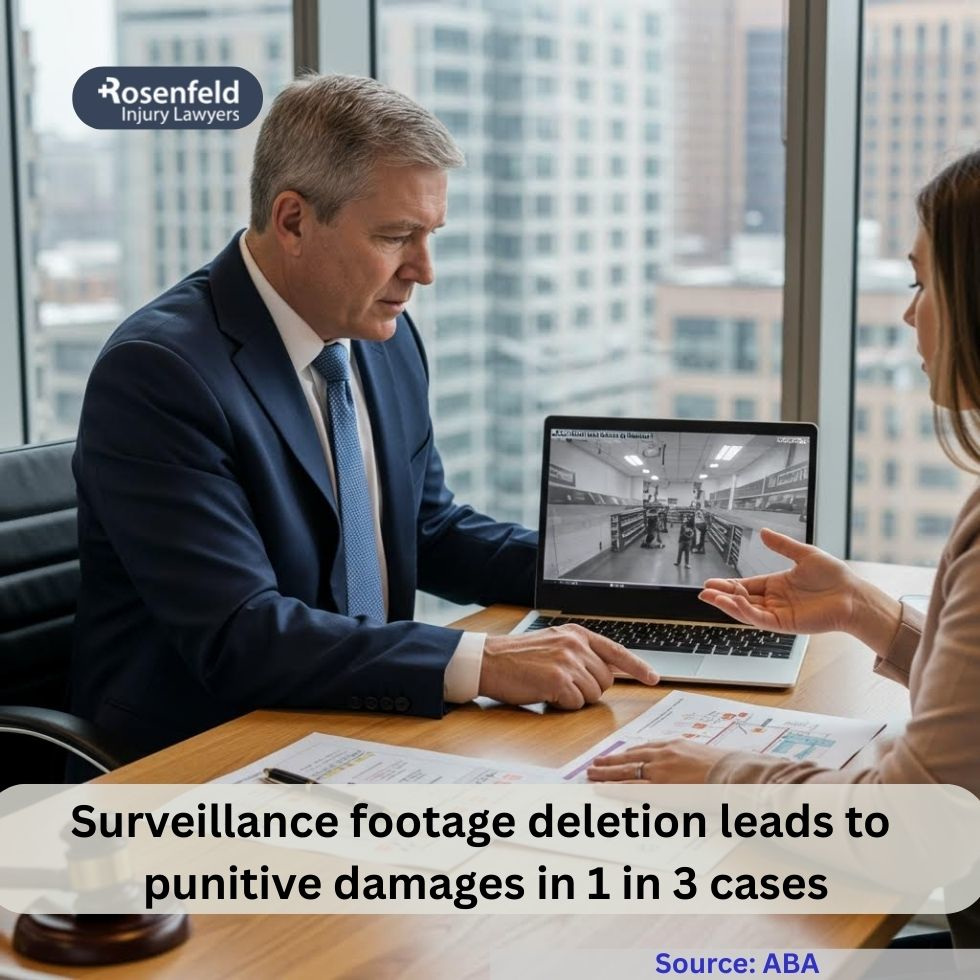
Severity of Injuries
The seriousness of the injuries sustained in a retail store accident plays a significant role in determining the settlement amount. More severe injuries typically lead to higher medical expenses, longer recovery times, and lasting physical or emotional effects.
For example, spinal injuries or head trauma often require extensive treatment and may limit the injured person’s ability to return to work. The settlement value will often include compensation for hospital bills, rehabilitation, future medical care, and the overall impact on the victim’s quality of life. Greater harm usually results in larger settlement figures.
Liability and Comparative Negligence
Who is at fault—and to what extent—can directly affect a settlement in retail store negligence cases. If it’s determined that the store clearly failed to prevent a dangerous condition, they may be held fully liable.
However, if the injured customer is found to have contributed to the accident (for example, by ignoring warning signs), their compensation may be reduced. This is known as comparative negligence. In some states, if a customer is more than 50% at fault, they may be barred from recovering any damages. Liability assessments are critical when negotiating a settlement.
Strength of Evidence
Substantial evidence is essential for supporting a personal injury claim and increasing the likelihood of a fair settlement. Key pieces include the incident report filed with the store, photographs of the accident scene, medical records, pay stubs, and witness statements. Surveillance footage showing the fall or hazardous condition can also be powerful in proving negligence.
The clearer the evidence, the more pressure it puts on the store’s insurance company to settle for an appropriate amount. A personal injury attorney can help gather facts and present the proper documentation to support the injured party’s case.
The Settlement Process
In retail store negligence cases, the process typically begins with filing a claim against the store’s insurer.
Once the incident is reported, the insurance adjuster will investigate the details, review the injury documentation, and assess liability. Their goal is to protect the insurer’s financial interests, often by minimizing the payout. That’s why having an experienced personal injury lawyer is so important from the start.
Your attorney will gather medical records, incident reports, and other key evidence to demonstrate liability and the full extent of your damages, including medical expenses, lost wages, and pain and suffering. They’ll also handle all communications with the insurance company to ensure your rights are protected.
Negotiations can be lengthy. Insurers may attempt to shift blame, dispute the severity of your injuries, or offer a quick, low settlement. A qualified lawyer understands these tactics and knows how to push back to pursue a fair result.
If a reasonable settlement isn’t offered, your legal team may advise filing a personal injury lawsuit to continue pursuing compensation through the court system. From start to finish, having an experienced lawyer helps you avoid costly mistakes and gives you the best chance at securing full compensation.
Maximize Your Settlement
When you’ve been injured in a retail store, the actions you take immediately afterward can significantly influence the outcome of your personal injury claim. To improve your chances of receiving fair compensation, it’s essential to protect your legal rights from the beginning.
Below are key steps that can help strengthen your case and maximize your retail store negligence settlement.
Documenting the Accident and Injuries
Thorough documentation is critical. Take clear photos of the incident scene, including any hazards that caused your injury, such as a wet floor or broken display. Get contact information from any witnesses who saw what happened.
If possible, file an incident report with store employees or the store manager before leaving. These records help establish how and where the accident occurred and are often crucial in holding the store accountable.
Seeking Medical Attention
Even if your injuries seem minor, getting prompt medical care is essential. Some injuries, like concussions or soft tissue damage, may not be immediately apparent. Seeing a doctor right away creates a medical record that links your injuries directly to the incident.
This documentation is vital for proving the extent of your damages and supporting your claim for medical expenses and other losses.
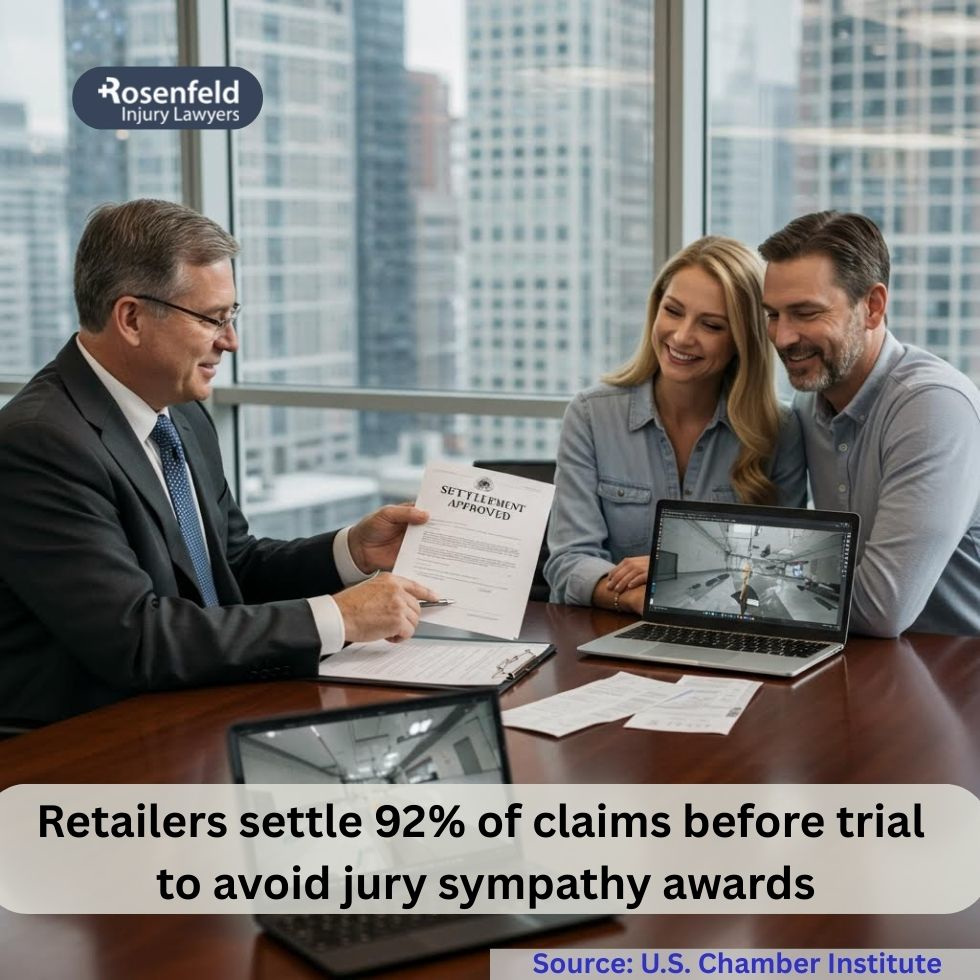
Consulting with a Lawyer Early On
Talking to a personal injury attorney as soon as possible can make a significant difference in your case. A lawyer can advise you on what to do (and not do), help preserve necessary evidence, and deal with the store’s insurance company on your behalf.
The sooner you get legal guidance, the better your chances of securing maximum compensation through a well-supported claim.
Contact Our Law Firm for a Free Consultation!

If you or a loved one has been injured in a retail store due to unsafe conditions or employee negligence, you may be entitled to compensation for your medical expenses, lost wages, and pain and suffering.
At Rosenfeld Injury Lawyers, our law firm is experienced in handling premises liability cases and is committed to helping injured clients recover the compensation they deserve. We offer a free, no-obligation consultation to review your situation and explain your legal options. Call us today at (888) 424–5757 or fill out our contact form to book a free consultation with a personal injury attorney in Chicago.
All content undergoes thorough legal review by experienced attorneys, including Jonathan Rosenfeld. With 25 years of experience in personal injury law and over 100 years of combined legal expertise within our team, we ensure that every article is legally accurate, compliant, and reflects current legal standards.
